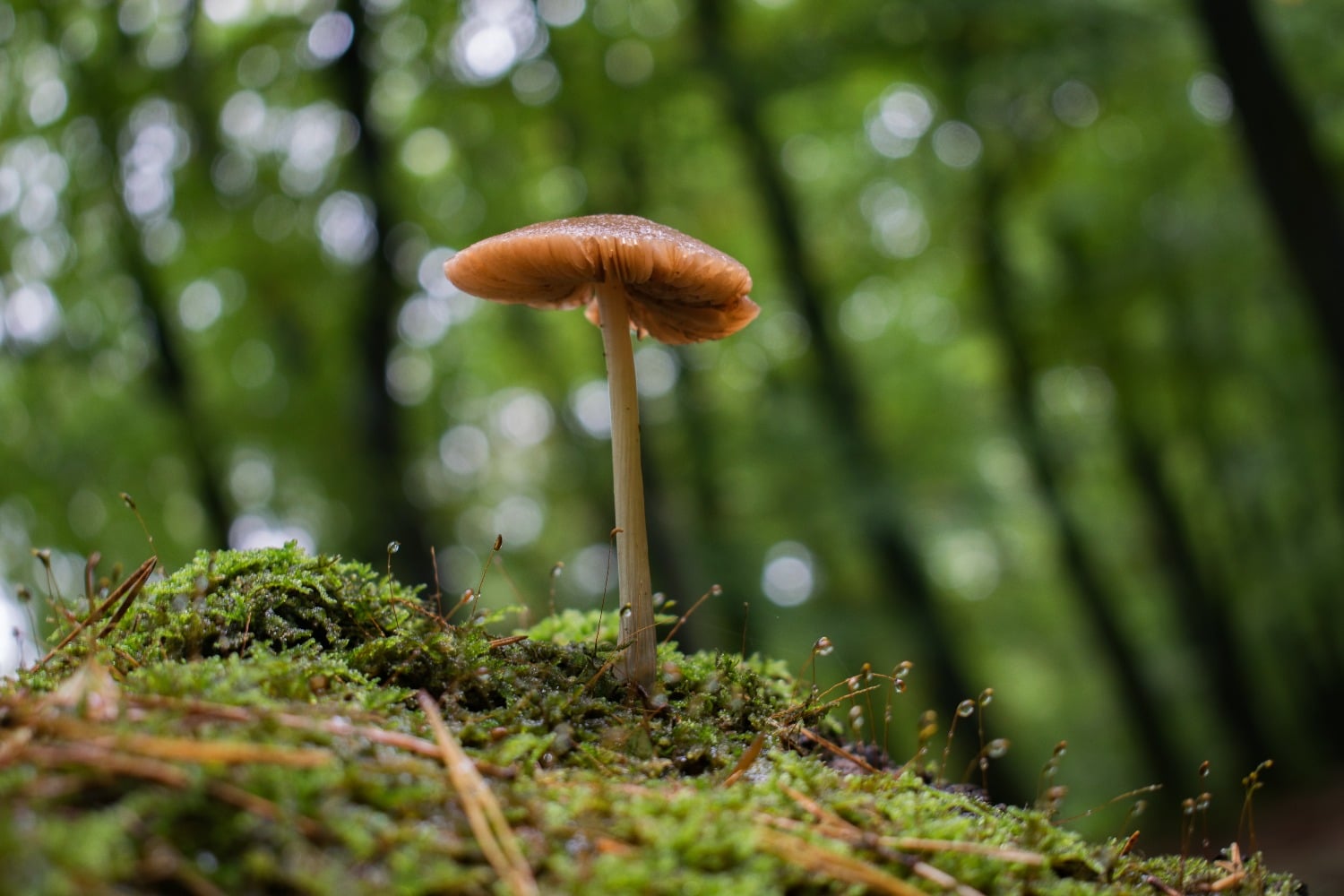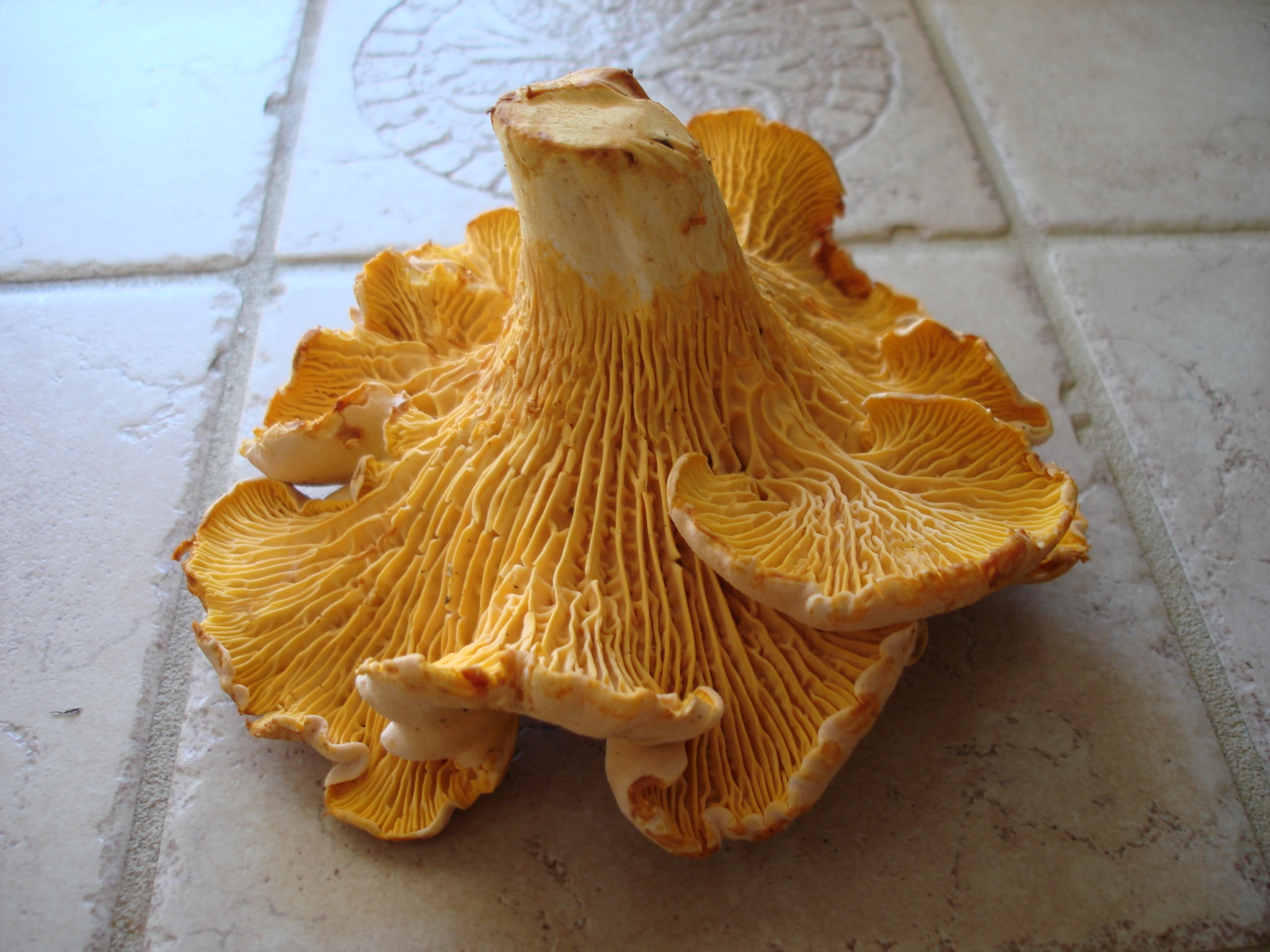Washington State is home to some of the widest varieties of mushrooms in the world. The autumn season is a great time to forage, as many mushrooms emerge after a good rainfall. Before you begin your mycological adventures, familiarize yourself with the regulatory, safety and ethical concerns present in your foraging area.
INNSider Tip: Carry a mushroom identification guide with you while foraging to positively identify mushrooms before picking them.
Before Getting Started
Mushroom foraging is the act of gathering mushrooms in the wild, often for consumption. Hopeful foragers would be wise to remember the popular aphorism, “You can eat any mushroom… once.” Eating the wrong mushroom can cause health issues ranging from mild gastrointestinal distress to even death, in rare cases. Always cook wild mushrooms before eating them, and eat only a small amount when trying a new-to-you species. Refer to these extensive instructions for more info on the practical aspects of foraging. Always check with the Forest Service to learn personal picking rules before your journey.
Take a Guided Tour of Whidbey Island
The safest way to get into mushroom foraging is to go on a guided tour with an experienced mycologist. Terra Fleurs offers mushroom hunting trips based out of Seattle. Additionally, the Puget Sound Mycological Society is hosting their Annual Wild Mushroom Show this October in Seattle. On Whidbey Island in Langley, WA, Whidbey Mushroom Tours scouts out locations in advance to ensure a fruitful tour as they teach the art of foraging. In addition, local mushroom associations and mycological societies host events that help newbies learn the ropes with seasoned experts.
Explore the San Juan Islands
Although a popular destination for whale watching and other water-based adventures, the San Juan Islands are teeming with prized varieties of mushrooms. The first fall rain brings hoards of chanterelles, oysters, and shaggy manes to the surface, but there are many other species of edible fungi available. Our INNSiders note that matsutakes, yellow feet, bluets, shrimp russulas, lobsters, and even milk caps can be discovered on the island. Lopez Hill is a popular hike among local mushroom foraging enthusiasts, but keep an eye out during any fall treks for unexpected finds.
INNSider Tip: What is so interesting about the lobster mushroom is that they not only resemble lobster meat, but when you slice into them, the densely packed insides are brilliant white, with the signature bright orange outside. Technically called Hypomyces lactifluorum, this gorgeous fungus also has a slight lobster-y aroma at room temperature. The lobster “mushroom” is a merger of a plain white Russula mushroom (that you probably would not want to eat) with H. Lactifluorum, a parasitic bacteria which turns the host mushroom bright orange! The merger underground quickly creates the lobster mushroom that emerges from the soil with its signature bright orange. Such a nice earthy marriage!
Traverse the Coast
Dig into Grays Harbor County
Located south of Olympic National Park along the West Coast, Grays Harbor County grows some of the most desirable mushrooms in the world. As you explore, keep your eyes peeled for boletes, morels, hedgehogs, oysters, chicken of the woods, matsutake and chanterelles. The peak season for fall fungi is halfway through October, with a thick blanket of mushrooms covering the forest floor. Although many locals won’t share their favorite foraging spots, our INNSiders have discovered that the best places to search for mushrooms include the Quinault Rainforest, Sol Duc Valley, and near Lake Cushman.
Peruse the Long Beach Peninsula
In Long Beach, Washington, mushrooms are about as common as dirt. Whether in the forest or near the beach, you’ll be able to spot at least a few mushrooms nearby in autumn. The Wild Mushroom Celebration takes place each year during the peak of mushroom season, typically for six weeks from October to November. Local foragers and chefs collaborate on dishes that honor the edible mushrooms of the Pacific Northwest. They even host guided expeditions! If you prefer to seek solo, head to nearby Fort Stevens State Park in Oregon, and use this guide.
INNSider Tip: Rare matsutake mushrooms can be found on the north end of the Long Beach Peninsula. They are known to sell in Tokyo for $600 per pound. Matsutakes have a slight cinnamon taste that is very distinctive! Because they tend to be strong (and expensive), Japanese chefs tend to grate the matsutake into cooked rice to add unique spicy taste and aroma.
Travel East of the Cascades
The best place in Eastern Washington to forage coveted morel mushrooms is Okanogan-Wenatchee National Forest. Per the National Forest Service, mushroom gathering in the forest is free up to five gallons per day for personal use. You may want to purchase a permit for commercial use in this case, because morel mushrooms sell for about $30 per pound!
INNSider Tip: Wild mushroom foraging sites are often top secret, because the spores of the mushrooms from the years prior continue to form new mushrooms year after year. It is so important to learn how to forage responsibly in order to preserve the mycelium of the mushrooms. You should never be able to tell where you’ve been foraging!




